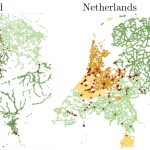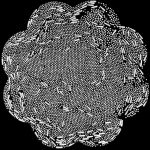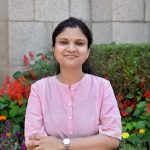Prateek Sharma’s lab seeks to understand the intricacies of the diffuse yet massive atmosphere that envelops galaxies
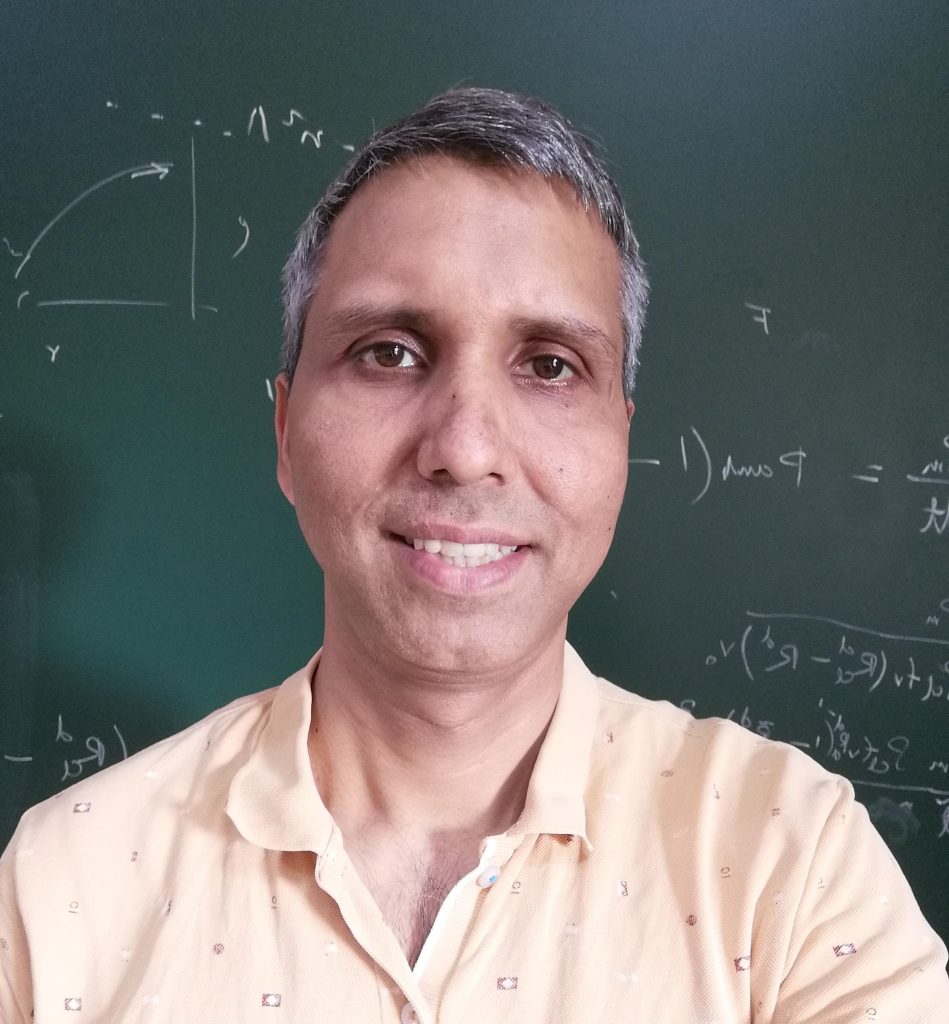
Galaxies, both near and far, far away, are not just isolated islands of stars. They are surrounded by a massive veil of diffuse gas and matter known as the circumgalactic medium (CGM) or Galactic Atmosphere. Prateek Sharma, a theoretical/computational astrophysicist at the Department of Physics, IISc, has dedicated his research to unravelling the mysteries of this cosmic atmosphere. The field of galaxy formation has traditionally focused on stars since the CGM, although more massive than all stars combined, has been very difficult to observe.
As the first person in his family to venture into science, Prateek’s journey in physics wasn’t planned. “I was just a good student,” he recalls. “And then, along with my peers, I was in an environment where everyone was doing science, studying for the JEE, and so on.” Although it was talent exams and Olympiads that first lured him in, he quickly realised that he had a passion for it too.
Prateek’s interest in physics and research began during his undergraduate years at IIT Bombay, where he came across an internship opportunity at the Institute for Plasma Research, Gandhinagar. “That’s when I first got to see glimpses of research with real-life researchers,” he reminisces. This experience sparked a curiosity to understand the deeper workings of the universe beyond textbooks and grades.
After his third year at IIT Bombay, Prateek had another transformative experience. “I wanted to try something in the lab. So, I worked on high harmonic generation using lasers. But that experience was not very good,” he explains. He recalls that he was unhappy as he did not receive the mentorship he would have liked on the project. This experience, however, instilled in him a crucial lesson. “You should not just choose the topic. You should also work with people who care about you,” he remarks.
It was only during his PhD at Princeton University that Prateek made the switch to astrophysics. His thesis revolved around applying plasma physics to the important problem of accretion of hot gas on to black holes such as Sgr A*, the four-million-solar mass black hole at the centre of our Milky Way. He eventually found his current calling in the exciting problem of studying galactic atmospheres, which is what his lab at IISc mostly focuses on now. “Galactic Atmospheres are very important,” he explains. “Most of the mass in galaxies is not in stars. It is in this diffuse CGM which is being unravelled by numerous independent observations across a range of wavelengths.”
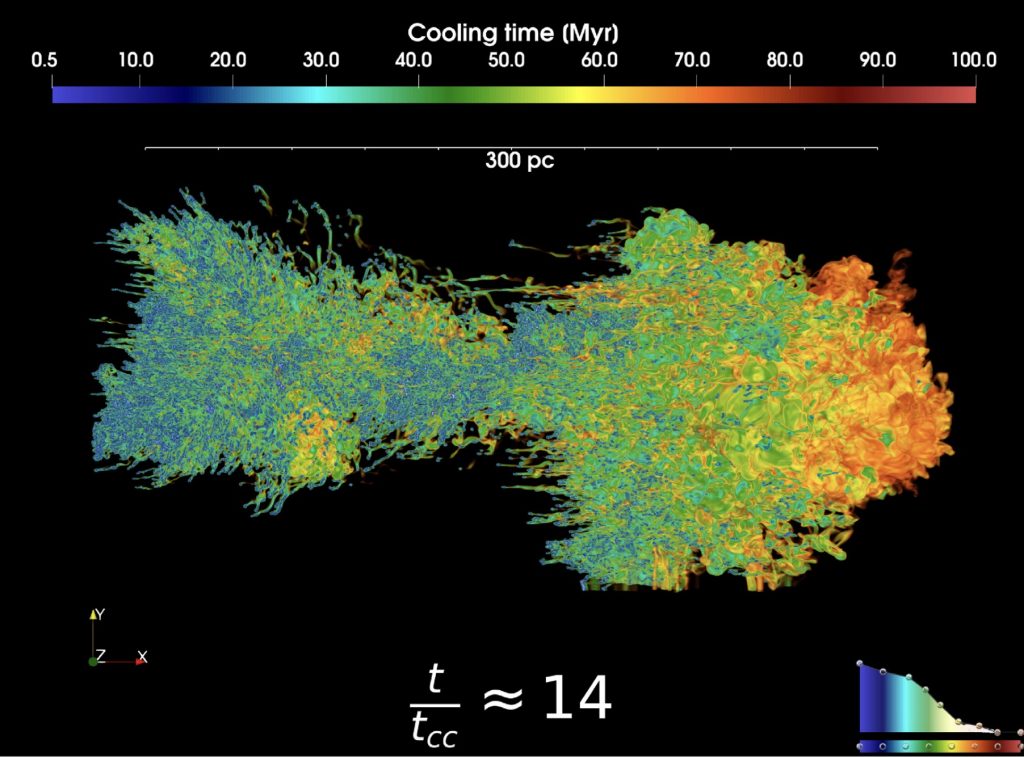
The CGM represents a paradigm shift in our understanding of galaxies. Traditionally viewed as isolated islands, galaxies are now recognised as lying within vast gaseous halos that extend far beyond their luminous boundaries. These diffuse, multi-phase (covering a broad range of temperatures and densities), turbulent atmospheres play a crucial role in star formation and evolution of galaxies. Galactic atmospheres are also governed by thermodynamic processes such as radiative cooling, and heating due to supernova explosions and accretion on to black holes.
Prateek’s passion is driven by a deep curiosity about the fundamental processes that govern the formation and evolution of these galactic atmospheres. “How do you create this multiphase gas? Why do the individual gases not just get mixed in?” he ponders. “What are the conditions in which multiphase gas forms, and what physics determines this? A lot of these things are unsolved problems, which we want to figure out.”
But answering these questions is a challenging task. Prateek elaborates: “It is as if you’re in a fog or some sort of a cloudy medium. It’s not a very simple medium. How will you model it if you have such a complex system?” His group uses a range of techniques from massive computer simulations to analytic models to understand the CGM.
To tackle this complexity, Prateek and his team have recently pioneered a novel approach, which uses probability distribution functions (such as log-normal PDFs) to describe the multiphase nature of the CGM. Typically, the volume-filling phase is described by hydrostatic profiles, with a single temperature and density at each height. By incorporating broad temperature and density distributions into their models, they have successfully reproduced a wide range of multi-phase CGM observations, from ultraviolet absorption to X-ray emission and radio dispersion within the CGM.
One of the key strengths of this PDF-based approach is its ability to capture the inherent patchiness and inhomogeneity of the CGM. “You can think of the CGM as an atmosphere, like the Earth’s atmosphere, which has clouds,” Prateek explains. By treating the CGM as a foggy medium in which a relatively small mass of gas can cover nearly all lines of sight when dispersed into fine cloudlets, his team has developed a powerful framework for interpreting observations and gaining insights into the physical processes governing galactic atmospheres.
The impact of Prateek’s work goes beyond modelling. The findings could help bridge the gap between theory and observations. Existing and upcoming equipment such as the James Webb Space Telescope (JWST), the Very Large Telescope (VLT), and the Keck Cosmic Web Explorer, are providing unprecedented insights into the structure and properties of galactic atmospheres, both through imaging and spectroscopic data. “Our model provides a nice baseline on top of which we can interpret these observations,” he says.
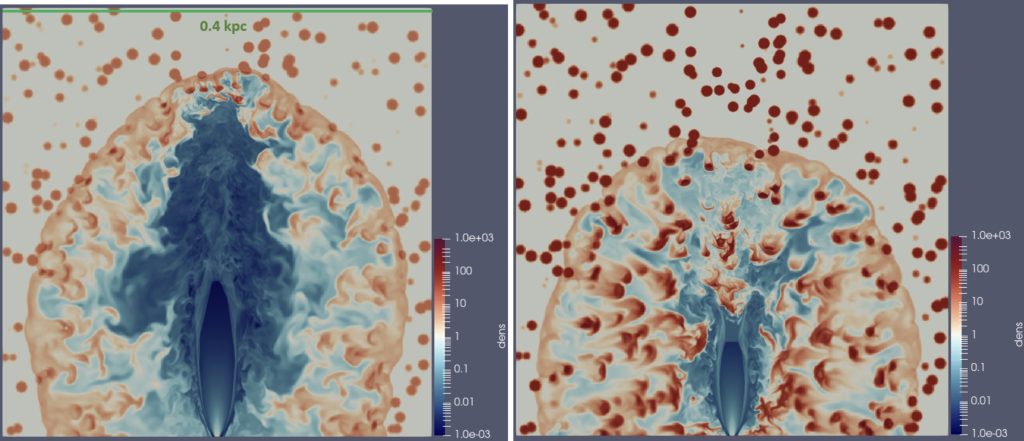
Beyond the CGM, Prateek is also interested in various other astrophysics problems, from studying the acceleration of cosmic rays and particle simulations to investigating the effects of gravitational lensing using primordial black holes.
Prateek also highlights how he enjoys working with other scientists on some of these problems. “I find the collaborative way of science very fun because you are exposed to different types of people, different research styles and ideas, different ways in which different communities think,” he says. One of his Master’s students, for example, has been working on a project to study the interactions between jets from supermassive black holes and the surrounding medium, co-advised by Prateek’s former PhD student and a collaborator at the Institute for Advanced Study, Princeton.
It’s not easy to do cutting-edge research in India, Prateek points out. “[Working] with the resources that we have, and yet be able to do noticeable work, that drives me a lot,” he asserts. The real strength of the Indian ecosystem lies in its talented and motivated students, Prateek adds, which is why he is determined to train his students to become independent thinkers who can also do world-class research. He says that he enjoys spending time with young students, as he finds their inquisitive minds and fresh perspectives invigorating. Prateek also encourages his students to produce and publish YouTube videos about their work.
Prateek is also a big believer in making knowledge widely accessible. “The good thing about astronomy and astrophysics is that almost everything is public. In our simulations, we use codes developed by others, and we add modules for our own applications. There are no direct commercial interests. So, almost everything is open source,” he elaborates.
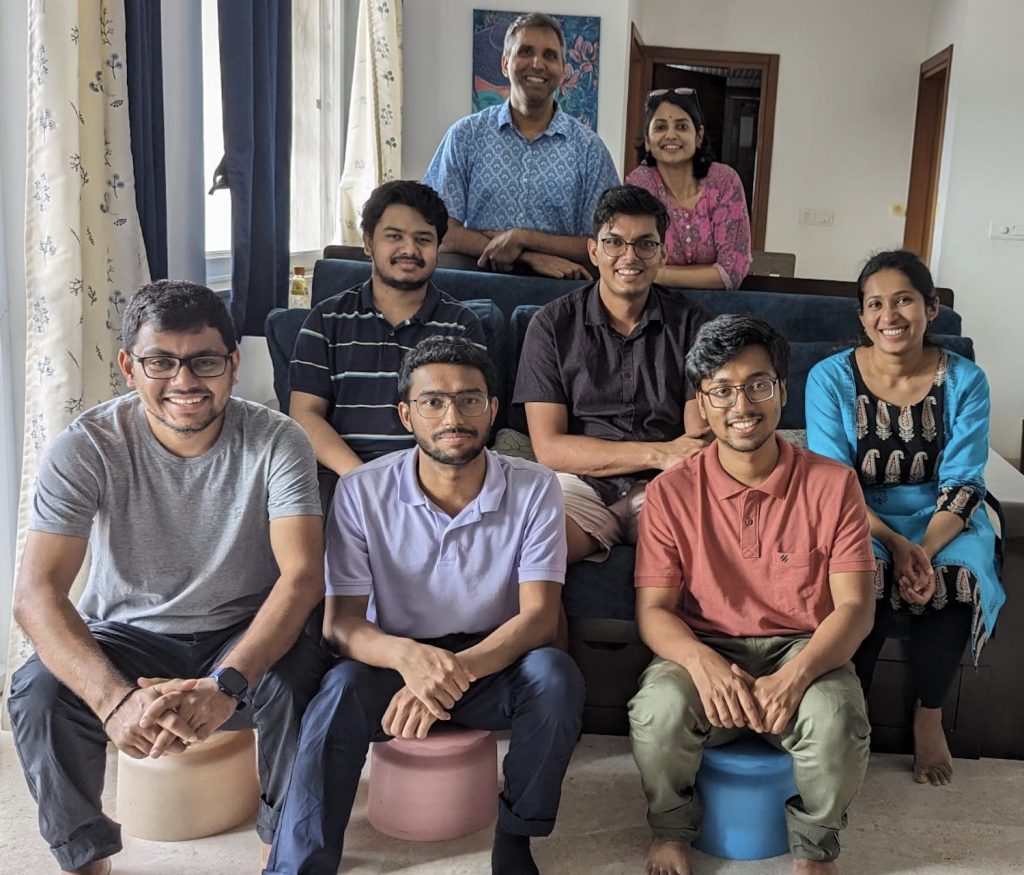
Beyond academic pursuits, Prateek finds solace in running, a hobby he indulges in almost daily. “I also love to read – almost anything that I can get my hands on,” he shares.
For aspiring researchers, Prateek’s advice is to never settle. “Be ambitious and try to go for the most important problem in your field. Don’t keep your aim limited to just writing papers. If you do write a paper, make it interesting and good enough that it will live at least for decades, if not centuries.”



